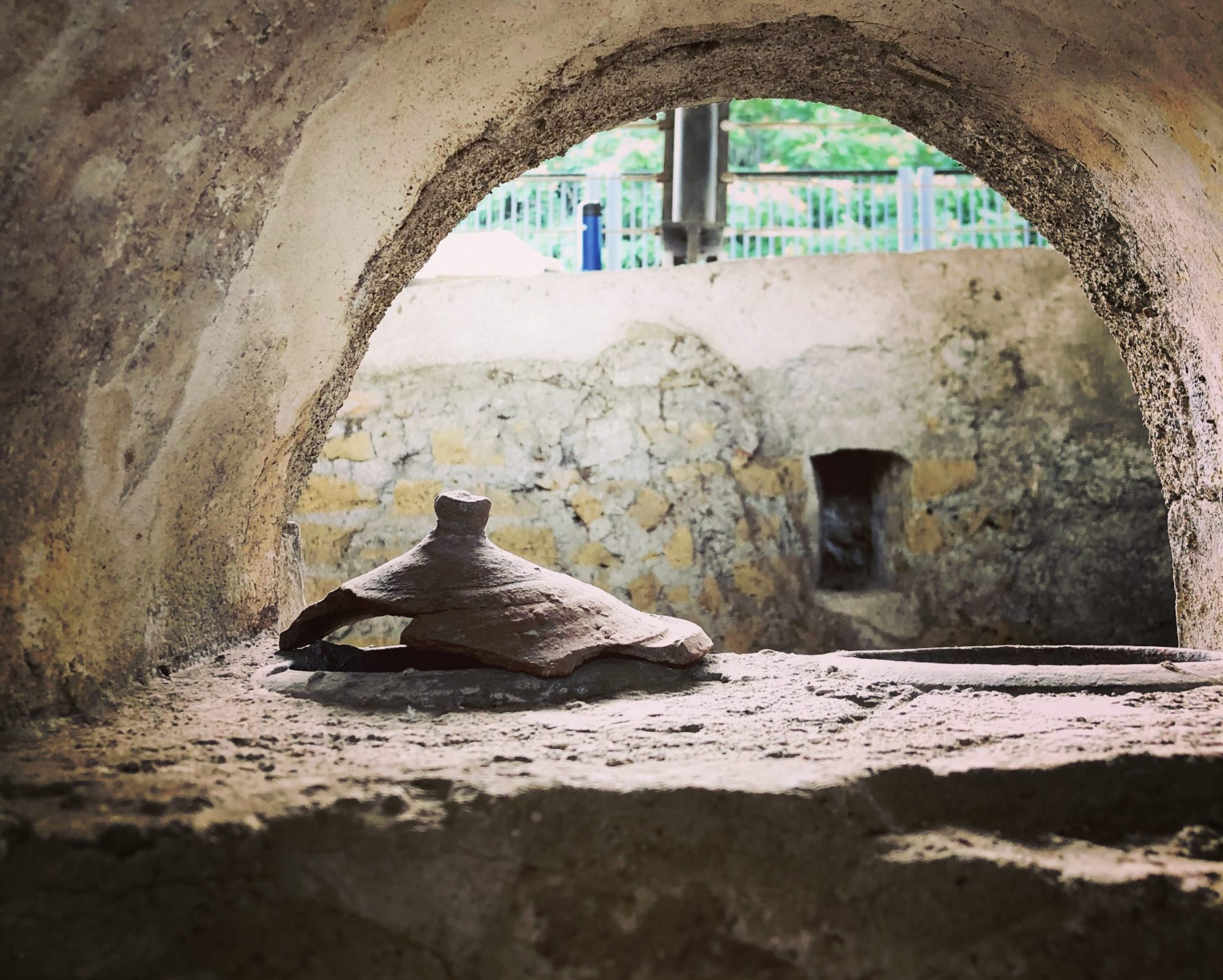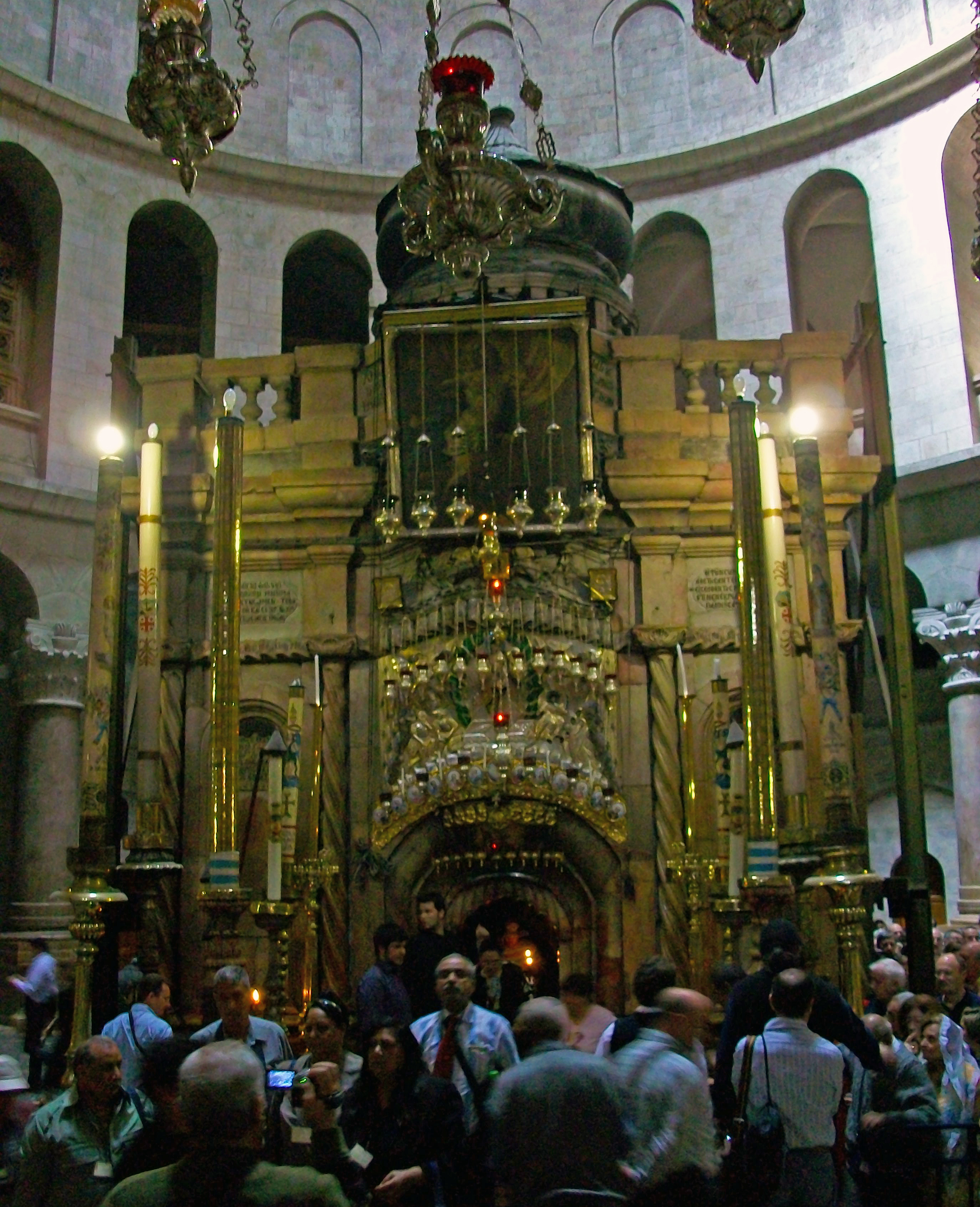Today is the Second Sunday of Easter in the Roman Catholic calendar and can be called “Doubting Thomas Sunday,” in honor of the Gospel reading at Mass, John 20:19-31.
This Gospel story has been immortalized by Caravaggio in what is perhaps his most well-known painting, The Incredulity of Thomas. Glen Most has a thoughtful and provocative reception history of both the story and the painting.

The Doubting Thomas story and I go way back together. When I was in the third grade, my father died four days after the Sunday on which this was the Gospel reading. At my Dad’s funeral Mass, the priest asked me if I was going to be like Doubting Thomas, or would I instead have faith in the life after death that both Jesus and my father were experiencing. In many ways, the past fifty years since that day have been shaped by my attempts to answer that priest’s question. I have lived my life in the long shadow of Doubting Thomas, and shared in his struggle.
Plus enim nobis Thomae infidelitas ad fidem quam fides credentium discipulorum profuit. (The disbelief of Thomas has done more for our faith than the faith of the other disciples.)
Pope Gregory the Great
Now, the biblical scholar in me knows that this story, like that of the risen Jesus on the road to Emmaus in Luke’s Gospel, is how the early Church expressed that its experience of Jesus was different from how the apostles experienced him walking about in Galilee and Jerusalem. I know that, as one of those who believes without seeing, I am, as Jesus tells Thomas, more blessed than those apostles in their locked room who have seen.
I get that, but there’s a part of me that’s always been a little jealous of Thomas. He wasn’t sure, and so he got to see. When I’m not sure…well, nothing like that happens. I recently learned that a church in Helsinki, Finland has what they call a St. Thomas Mass every Sunday night. As described on their website, “The St. Thomas Mass invites doubters and seekers to celebrate, worship God, serve their neighbor, and grow together. Those who feel sinful and weak in faith are especially welcome.” I would love to attend that Mass, knowing that there are times in my life where I would fit right in.
Some light can be shed on this from the first reading for Mass on Doubting Thomas Sunday, which recounts the life of the first people who believed in Jesus:
The community of believers was of one heart and mind, and no one claimed that any of his possessions was his own, but they had everything in common … There was no needy person among them, for those who owned property or houses would sell them, bring the proceeds of the sale, and put them at the feet of the apostles, and they were distributed to each according to need.
Acts 4:32-35
Thinking about this reading from Acts and it’s juxtaposition with Doubting Thomas offers me an answer to something in the Gospel story that’s long bothered me. The text tells us that on Easter Sunday evening the disciples were locked in a room because they were afraid of the authorities, but that Thomas wasn’t there. Where was he? And, if Jesus could get through a locked door in crowded Jerusalem, why didn’t he simply go to wherever Thomas was, and appear to him there? I think it’s because the encounter with the risen Jesus can’t be understood as a private event. We experience it together. And not only do we experience the presence of Jesus as a common event, but our sharing in a common life with a concern for each other helps to bring about that experience of the risen Christ, who brings peace, forgiveness and blessing.















